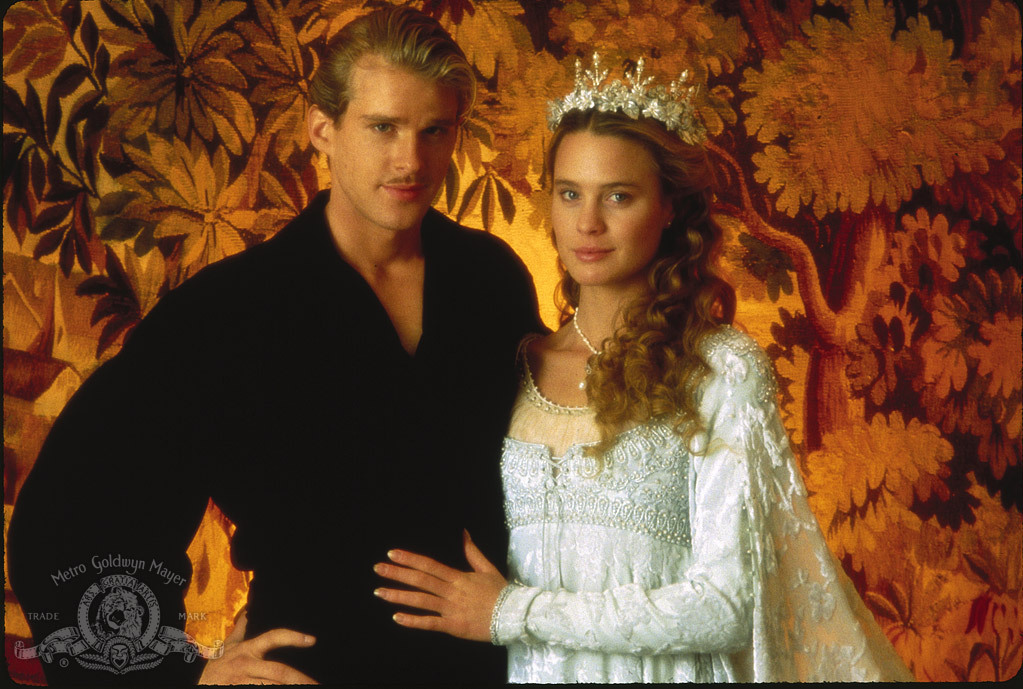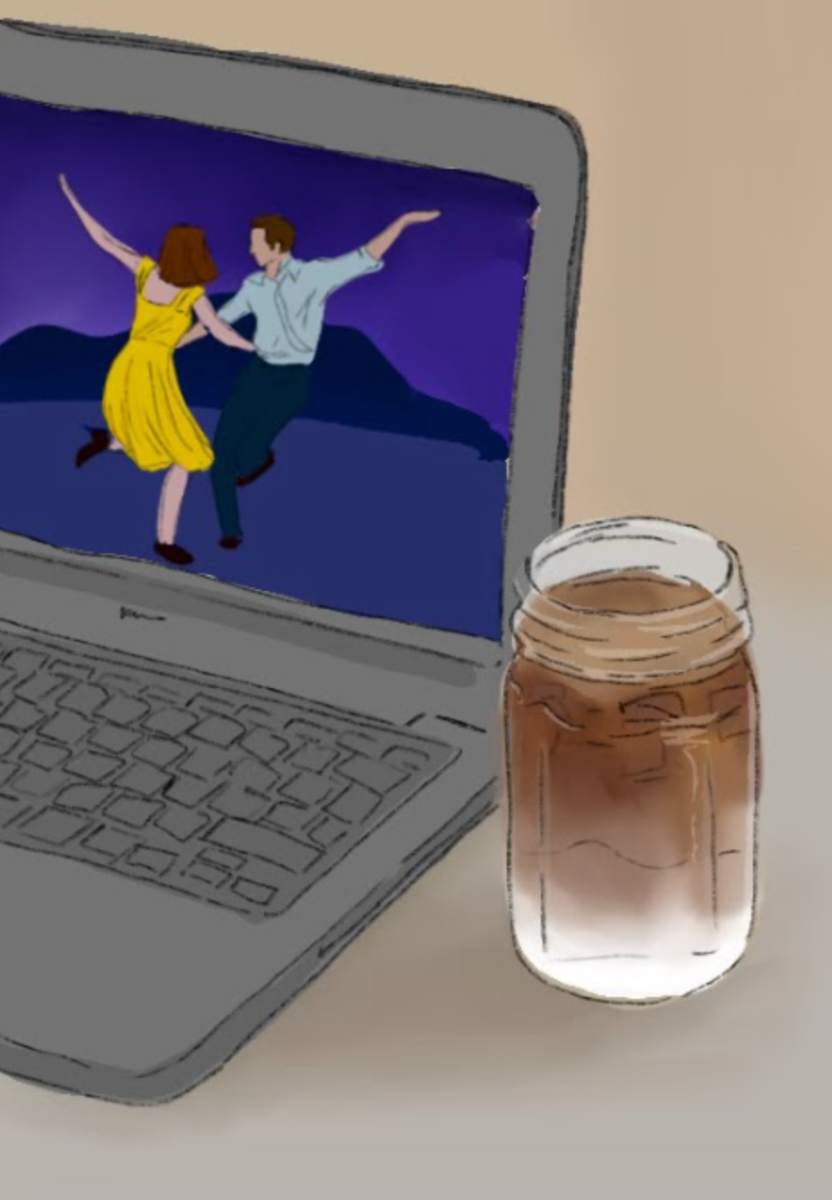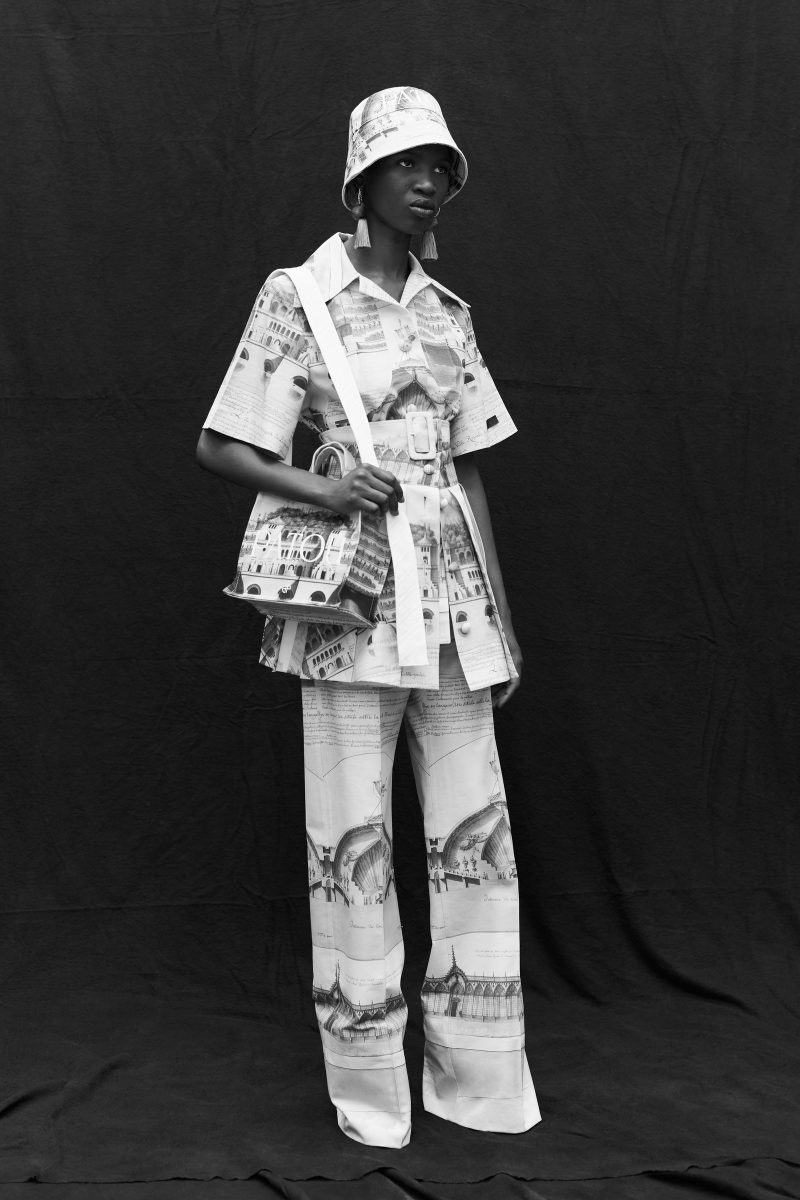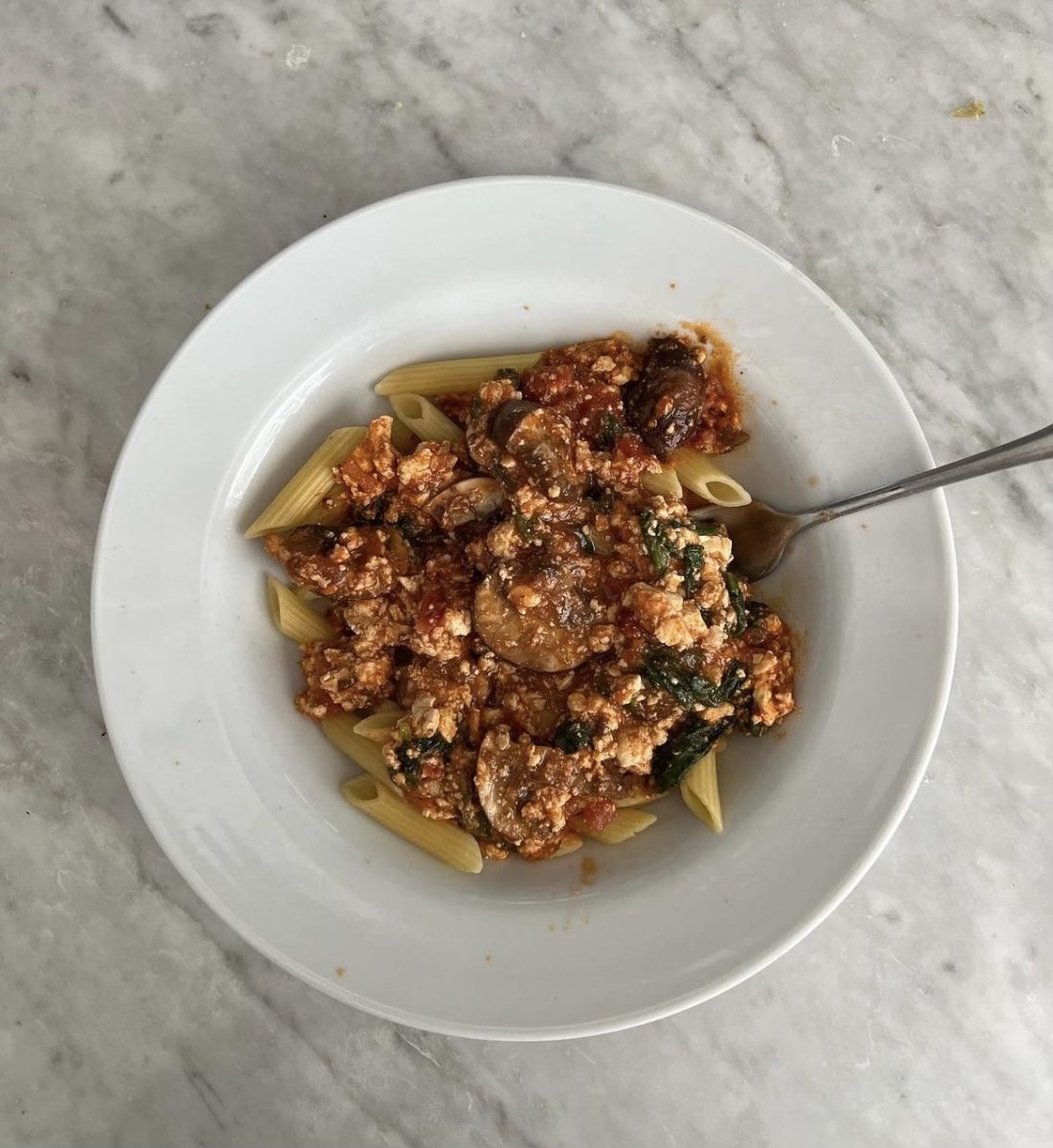I read “Little Women” when I was twelve, after my mom’s advice that the 759-page book would be worth it – and I have to admit, I did not finish the book. So I was slightly skeptical when walking into the movie theater; I wasn’t sure if I had picked the right movie to watch. I had chosen to see the movie after a glance at the star studded cast – Saoirse Ronan, Timothée Chalamet, and more.
Five minutes into the movie, I knew I had made the right decision. While the movie was similar to the book, it also had new twists to keep it fresh. Jo March, the main character, writes and publishes “Little Women” during the course of the movie. I believe publishing the book shows character development for Jo throughout the movie because we, the audience, get to see Jo’s struggle in writing as a woman, and the ups and downs of her career. Unlike the book, the movie shows Jo finally overcoming the barriers a working woman faced during the 1800s and publishing her book, which I found very inspirational.
Each of the four actresses who played the March sisters fleshed out the personalities of the sisters and gave us a more in depth look at why certain characters make certain decisions. While the book displays Amy March as an uppity girl who wants to marry rich for the money, Florence Pugh and director Greta Gerwin bring Amy to life and show that Amy feels the need to get married, even if it means trapping herself in a loveless marriage, to gain money to support her family.
“Little Women” demonstrates the many different paths and pressures a woman faced during the 1800s, and can even face now, in the 21st century, which helps make the March family so understandable to women today.
Jo wants to be a writer, but she has to overcome men telling her that her stories can only have married women, and that it is not respectful for a woman not to be married – much like how women today are asked how they expect to have a career and also make time for their families.
Amy has to choose between marrying someone she has always loved or marrying someone who her traditional aunt wants her to marry – similar to women who have to decide if they want to follow the path their traditional families want them to follow, or to take a risk away from their families.
Meg decided to marry someone she loved even though it meant she could not live a life of riches, and has to deal with the consequences, like many women have to today.
Beth plays the caring, doting sister, who has another passionate side that appears when she is immersed in something she loves, similarly to women in the 21st century who have a side they don’t always show to the world. I loved feeling like I could relate to little bits of each character.
“Little Women” is not only a beautifully directed story about four sisters, but also is about hard choices a woman has to make all throughout history, no matter the time period, which I really appreciated.







